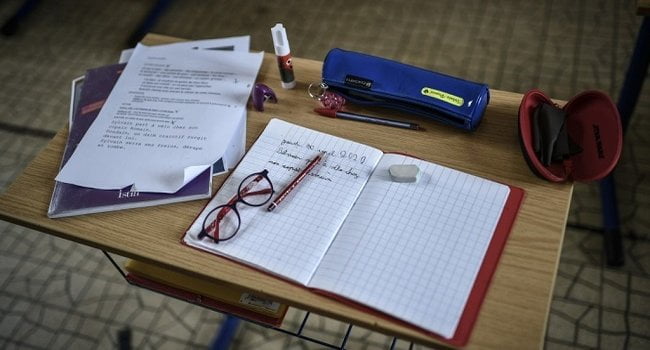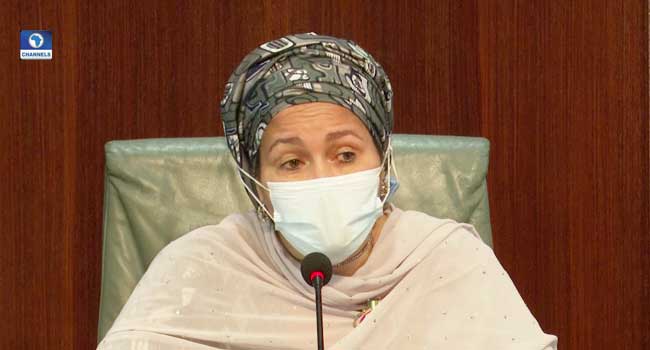School closures as a result of the coronavirus pandemic affected nearly 1.3 billion students
A new set of guidelines issued by the UN agency, in collaboration with the World Bank, UNICEF, and WFP cautioned that the widespread closures of educational facilities present an unprecedented risk to children’s education and wellbeing.
The guidelines also offered practical advice for national and local authorities on how to keep children safe when they return to school.
“Rising inequality, poor health outcomes, violence, child labour, and child marriage are just some of the long-term threats for children who miss out on school,” said Henrietta Fore, UNICEF Executive Director.
“We know the longer children stay out of school, the less likely they are to ever return. Unless we prioritize the reopening of schools – when it is safe to do so – we will likely see a devastating reversal
in education gains.”
The guidelines note that while there is not yet enough evidence to measure the impact of school closures on disease transmission rates, the adverse effects of school closures on children’s safety and learning are well documented. Gains made in increasing access to children’s education in recent decades risk being lost and, in the worse cases, reversed completely.
In the poorest countries, children often rely on schools for their only meal of the day,” said David Beasley, WFP Executive Director.
”But with many schools now closed because of COVID, 370 million children are missing out on these nutritious meals which are a lifeline for poor families. They are also being denied the health support they normally get through school.
“This could do lasting damage, so when schools reopen it is critical that these meal programmes and health services are restored, which can
also help to draw the most vulnerable children back to school.”
Jaime Saavedra, World Bank Global Director for Education, said once schools begin to reopen, the priority would become reintegrating students into school settings safely and in ways that allow learning to pick up again, especially for those who suffered the biggest learning losses.
“This is a critical moment as it is the launching pad for a new normal that should be more effective and equitable. To manage reopenings, schools will need to be logistically prepared
with the teaching workforce ready.
Nearly 1.3 billion.
That’s the number of children & youth out of school due to #COVID19 closures.
With @UNICEF @WFP & @WorldBank we are scaling up efforts, providing new guidance on the safe reopening of schools.
Full statement here: https://t.co/X2IdaRAGwm pic.twitter.com/iqZCuBjQzG
— UNESCO 🏛️ #Education #Sciences #Culture 🇺🇳 (@UNESCO) April 30, 2020
“And they will need to have plans specifically for supporting learning recovery of the most disadvantaged students. The guidelines offer a framework for moving forward that the major UN agencies are aligned around”


